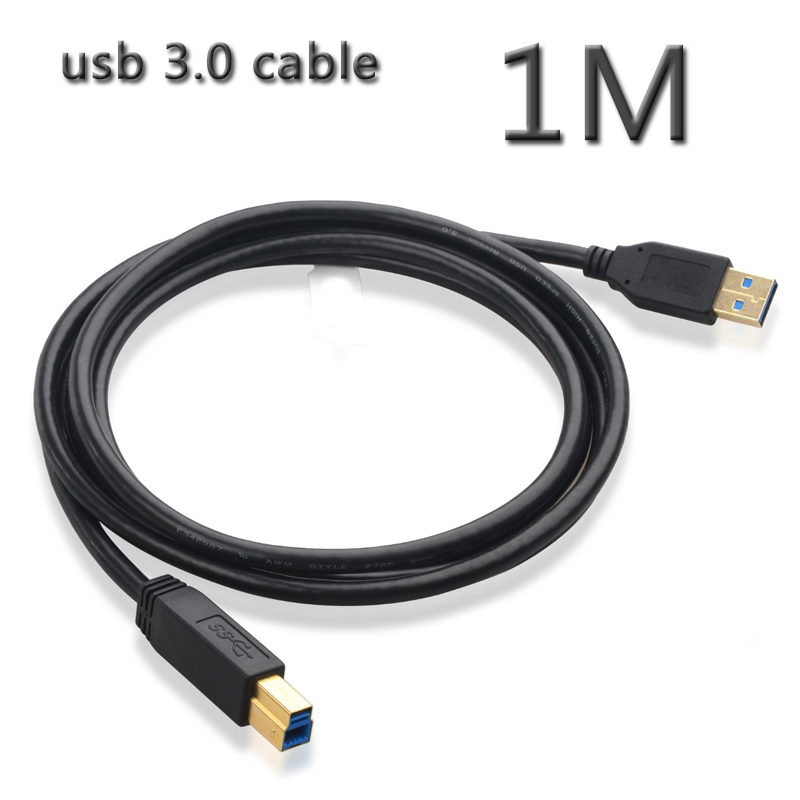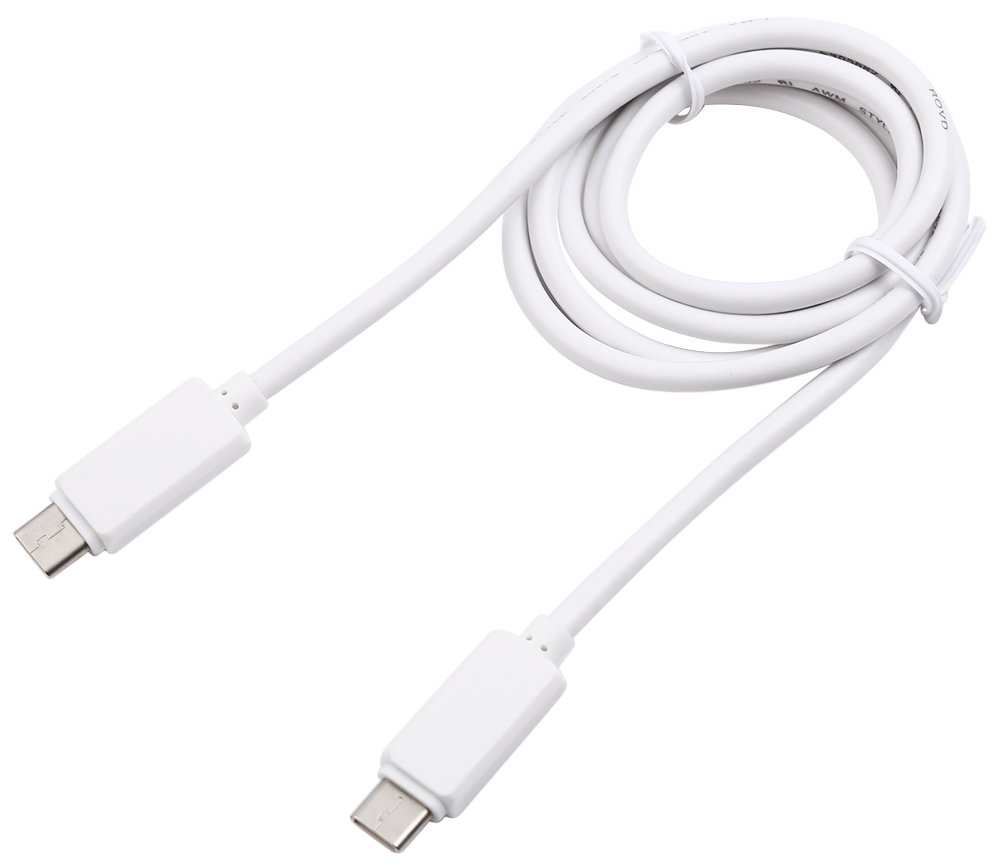After the introduction of Apple TV, Apple is currently negotiating with major broadcasters and will provide Internet TV services this fall.
In the recent popular Steve Jobs biography Steve Jobs, the author revealed that Jobs did not intend to enter the television industry, but it seems that in the face of a huge blue ocean in the Internet TV service industry, Apple is not calm. After the introduction of Apple TV, Apple is currently negotiating with major broadcasters and will provide Internet TV services this fall.
The U.S. television network is different from China's television network divided by administrative levels. Instead, they need to pay to be able to access the subscription of the cable television network. Before the appearance of Internet TV, U.S. television networks sold a lot of insignificant channels to subscribers at a package price in order to match the sale of self-produced programs. Some channel users do not look at it but pay high fees, causing Americans to complain. For many years. However, now they are about to get out of this trouble.

The web service launched by Apple this fall will break this situation. At present, the TV industry is popularly offering “skinny bundles†with fewer channels and lower prices. The service provided by Apple will be aimed at the largest television broadcasting networks in the United States: American Broadcasting Company (ABC), CBS (Columbia Broadcasting System) and Fox TV Network Fox. However, there are no NBC Universal TV networks among these partners, allegedly because of the disagreement between Apple and its parent company, Comcast. This Internet service only requires major radio and television networks to package 25 channels to be broadcast on the Apple TV platform, which greatly reduces the user's subscription costs.
In fact, for many years, the profit of TV programs has been sold to users by bundling some unsaleable channels with popular channels. This not only can promote their own popular channels, but also is the main source of revenue for radio and television network companies. According to the Nielsen survey report, on average, each family receives 189 TV channels, but they only watch 17 channels.
"The close cooperation between Viacom (the third largest US media company) and distributors will provide more flexible Internet services to meet the needs of different subscribers, so the package price will be more cost-effective." Viacom's New York spokesperson Jie Jie Rimi Zweig said, “We will also provide tailor-made packaged services to customers in more differentiated markets.†However, the Discovery Channel declined to comment on this answer. This shows that people in the industry are not optimistic about the traditional cable TV distribution model.
Apple TV service is about to enter the increasingly fierce Internet TV service industry, and the main service targets are those who are unwilling to pay $90 a month for cable TV. In recent years, with the rise of Internet TV, cable companies have been struggling to keep on decreasing cable subscriptions. Because young people are now accustomed to watching TV episodes on the Internet, for example, Netflix is ​​the Internet streaming service company that has emerged in recent years. The rise of the “slimming version†of the subscription package was accompanied by the integration of television operators, which allowed small media companies to obtain more bargaining chips in the program negotiations. But this is undoubtedly a great pressure for paying cable companies. Because the traditional package payment model really can't go on.
In fact, some traditional TV broadcasters are also looking for changes. For example, Viacom also wants to try to face users directly through the Internet. At the beginning of this month, Viacom has newly developed an advertising-free online channel, which is mainly for the children's market. In February, Viacom also allowed the paid cable television network EPIX (a subsidiary of Paramount Pictures) to broadcast on Sling TV. However, some analysts have pointed out that the slimming version of the packaged subscription service traps users on more than 20 channels, and users switch subscription packages is also a major problem. It seems that more innovative models in the blue ocean of Internet TV have yet to be introduced.
USB Data Transfer Charging Cable is used to standardize the connection of computer peripherals (including keyboards, pointing devices, digital cameras, printers, mobile phones, portable media players, disk drives and network adapters) to personal computers for communication and powering.
1. USB Cable has five modes of USB cable data transmission, in order to increase the bandwidth: low speed (1.0), full speed (1.0), high speed (from 2.0), ultra high speed (from 3.0), and ultra high speed + (from 3.1)
2. Plug and Play universal system, no drive.
3. Super performance: cable with corrosion-resistant tinned bare copper conductor, gold-plated connector and foil and braided shield to provide high EMI / RFI signal interference.
4. Features are shielded from protection against electromagnetic and RF signal noise, keep your signal clear and reduce bandwidth loss for higher performance
USB Active Extension Cable

USB 3.0 Cable

Type-C Cable

USB Cable
USB Data Cable, Power USB Charging Cable, USB Charging & Data Sync Cable, Micro USB Cable, USB 3.1 Type-C Cable, USB C 3.1 Data Cable
Shenzhen JunYuanJie Electronic Technology Co., Ltd. , http://www.usb3c.com